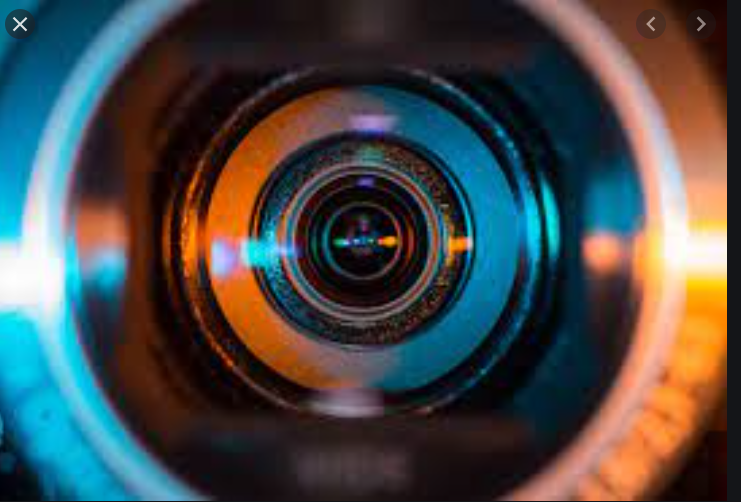
Better zoom lenses with brighter and sharper images


Most smartphones use a stacked system of lenses which adds both weight and bulk and ruin’s a phone’s sleek design.
In the future, a new lens technology including improved camera Zooming and features brighter photos all the while reducing the space and weight incorporated into your handset is on its way When you want to zoom in while using your smartphone camera, simply pinch the screen. In the past, the Phone’s software is cropping the frame and blowing up, so the image quality is getting worse and can result in blurry photos.
At Scope Photonics in Ontario, Canada, CEO Holden Beggs and his team have been working on a type of technology harnessing liquid crystals, made popular by liquid-crystal display screens found in living rooms across the world, they want to create lossless Zoom for all kind of images, even a sharp close-up photo.
Scope Photonics has discovered a way to making liquid crystals “ spin like tops” and reorganize themselves based on how light moves through them. The effect is to mimic a zoom lens system, so instead of a series of lenses, Scope’s system can zoom in and out with just one lens.
Scope who won the International Runner up for the 2020 James Dyson Award, is prototyping the lens technology on medical devices first and aims to bring these lenses to smartphone cameras in three years.
Mr Breggs said “ I am comfortable in predicting we can achieve 10 times Zoom with our liquid crystals, but this innovation offers a lot of opportunity for growth so you never know where we will be at in a few years’ time”.
Our phones use plastic and glass lens elements stacked over an image sensor, but Metalenz’s design harnesses a single lens built on glass wafer between just one and three square millimetres in size, as its silicon nanostructure manipulate light rays in a way that allows for brighter and sharper images compared to standard lens elements
